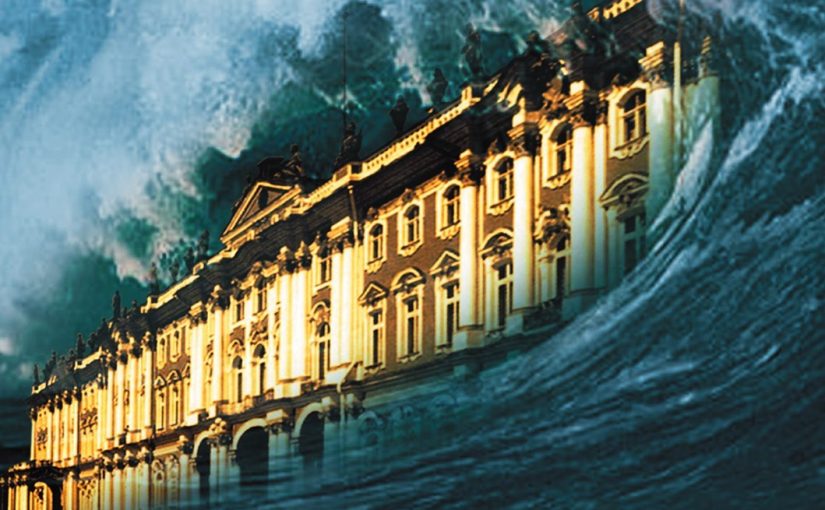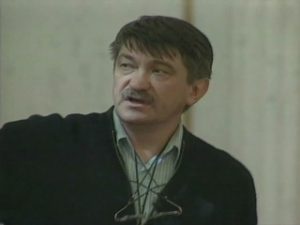My husband and I went to the Christian Worldview Film Festival (CWVFF) 2017 over last St. Joseph’s Day weekend. We had the great good fortune to meet a number of talented young people who were both confidently skilled in the art of film making and openly devout in their faith. This was enormously refreshing.
PREVIEW FOR NEXT BLOG: Several were involved with a movie called
Polycarp, a wonderfully evocative faith filled historical drama. While
Polycarp was not a 2017 entry, having been released in 2015, I was blessed and privileged to meet the writer and director – Jerica and Joe Henline. These talented and exceptional young people, a brother-sister team, along with their named lead, Garry Nation, will feature in a subsequent article. While my technicians and computer gurus arrange for the video interviews to be downloaded and edited I was inspired to share thoughts on this weekend’s experience.

I will also be reviewing
Champion the winner of the Best Feature film AND Audience Choice awards, as well as publishing an interview with the film's director Judd Brannon.
At the end of the festivities, there was an Awards ceremony to celebrate those films which demonstrated certain outstanding characteristics. During that ceremony I was struck by the differences between this ceremony and a certain other awards ceremony for more secularly oriented films which very recently occurred. And I thought it might be interesting to contemplate the contrast between the two. Therefore, I hereby present to you:
THE TOP TEN THINGS ABUNDANTLY PRESENT AT THE CWVFF AWARDS CEREMONY WHICH YOU WILL NOT LIKELY SEE AT THE OSCARS:
10. Pregnant women – LOTS of pregnant women. Not just a few sporting fashionable “baby bumps” (a term I find somewhat disposably offensive) but married ladies in abundance who were noticeably with child, and happy to acknowledge such. The M.C., Brett Varvel – comedian, actor and minister – referred to the previous year when his wife “was carrying another human being inside of her”.

8. Beautiful women who were MODESTLY dressed
7. Gonna hit you with a double negative here – You will NOT see at the Oscars NO profanity, celebrated sexual innuendo, promiscuity, devaluation of human life, gratuitous violence, disrespect for our country, ignorance of our country’s history, aggressive atheism, sexualized children, or derisive attitudes towards traditional marriage – among either the film themes OR the participants. And all those things were just plain old not present and certainly not missed at the CWVFF.
6. Award for Best Gospel Presentation in a film.

5. Award for the film that best exemplified a spiritual Mission Awareness.

4. A clever short film which tells the story of a young man confronting the repercussions of his infidelity while being interrogated for a murder (
Vindication – the Winner of the Best Short Film)
3. A winner of the Honor Your Father film contest – a beautiful animated short called
Father-Daughter Dance.
2. Praying.
And the number one item which was embraced at the CWVFF but will, to their discredit, not likely ever be honored at the Oscars is:
1. Sanctity of Life Award.
All the films celebrated both spiritual as well as physical life, especially the life of the unborn. But there were several whose main topic addressed this issue specifically:
Facing Darkness – a documentary about the doctors, nurses and personnel who braved the Ebola crisis at ground zero (winner)
Carry Me Home – short historical drama featuring one of the runs Harriet Tubman made with mother, father and infant slaves to bring them to freedom
Birth Control: How Did we Get Here – documentary on the tragic legal and sociological steps our country took into the abyss of abortion
Fourth World – feature film about a journalist who goes “in country” with the homeless children in a third world country
While
Polycarp was not one of the entries, the Henlines had short subject entries, one of which –
Frontline – I am pleased to report, was the winner of the Best promotional Film Award. Click on the name if you'd like to see it.

As you can see from the samples of films and trailers and photos there is an abundance of real, professional talent amongst these people of faith.
I remember the quote from Ronald Reagan: “America is good. And if America ever ceases to be good, America will cease to be great.” I had been longing for the days when American films took spiritual life seriously and expected respect for Truth, Justice and the American Way to feature in American movies. I had begun to despair those days would ever return. This festival filled me with a renewed optimism that a fresh generation of film makers will contribute to MAKING OUR COUNTRY GREAT AGAIN.






































